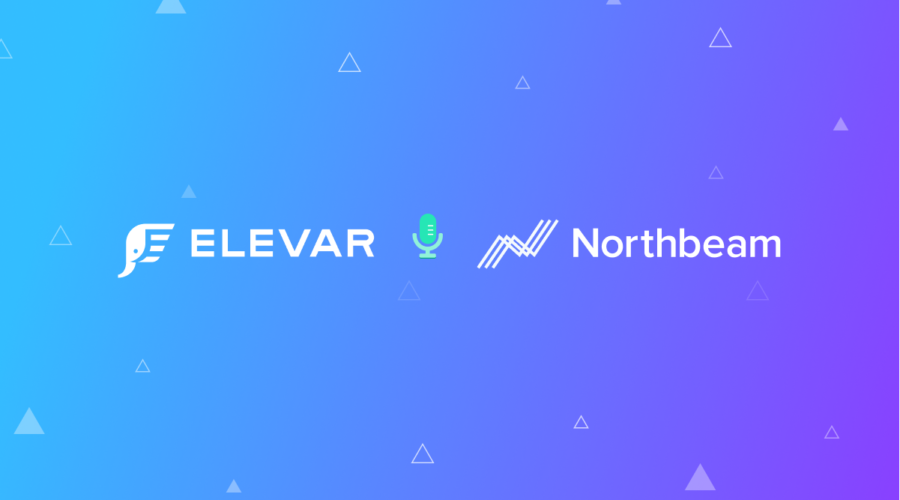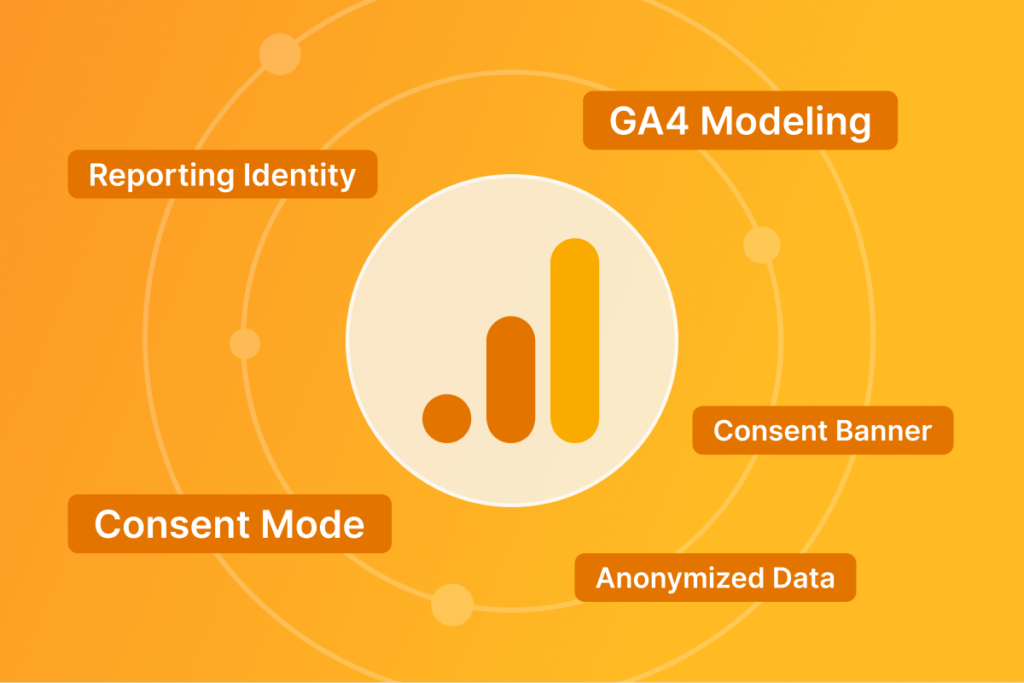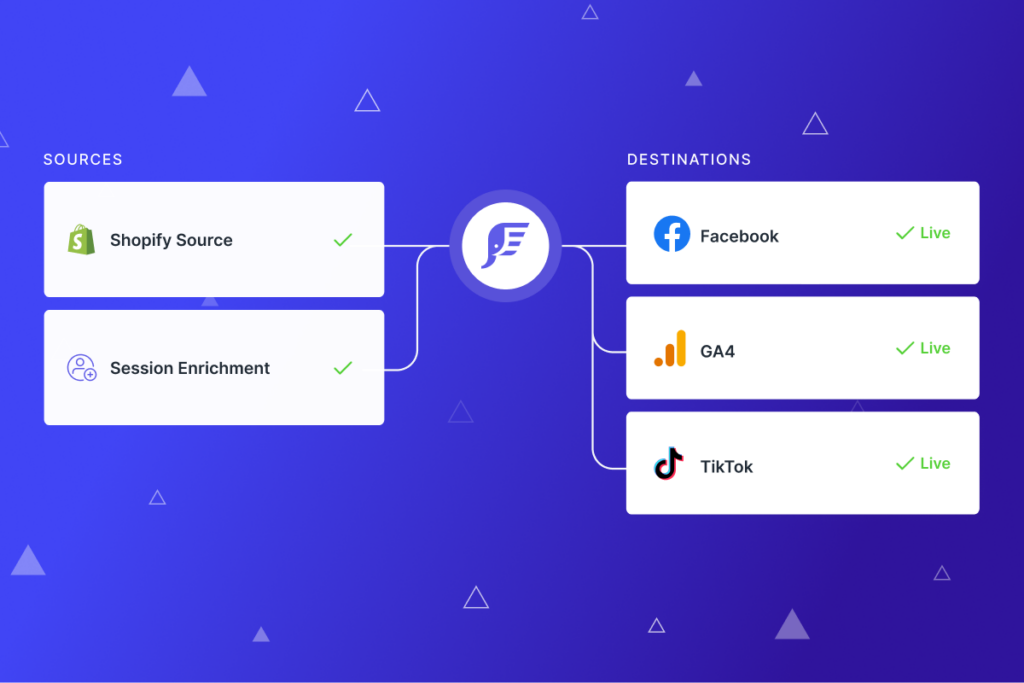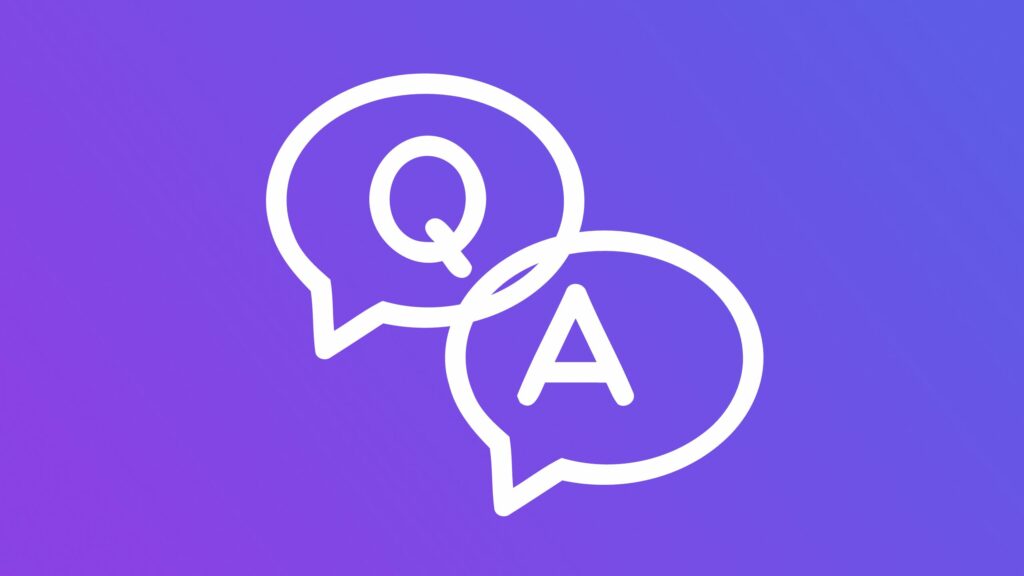Northbeam CEO Austin Harrison on Attribution Challenges & Wins in e-Commerce
Why is demand so high for attribution solutions, what decisions brands are making from these datasets to scale top of funnel, and how to blend the use of conversion tracking & attribution

Brad Redding talks about attribution with Northbeam CEO Austin Harrison.
He offers his perspective on why demand is so high for attribution solutions, what decisions brands are making from these datasets to scale top-of-funnel and how to blend the use of conversion tracking, attribution and data warehouse solutions.
Q: What is Attribution?
Harrison: Attribution is trying to understand which platform, media or content is generating revenue. This can be through Meta, Google, TikTok, influencers or your own organic media– all of which we track at Northbeam. First, think about what drives revenue easily and on a more complex basis, what works together to generate revenue. Then think about how much ‘revenue credit’ each thing should get. You’re a world authority on this – it sounds so simple, but as you continue to add more marketing in the mix, it gets more complicated to understand what is actually driving revenue. Everyone’s going to tell you they’re driving all your revenue, right? So, you’re trying to figure out which levers you can pull? And what is profitable in terms of scaling the business?
Q: Are those the type of questions you get from your customers that are either evaluating different platforms or being referred to you? Or do they not know where to spend their money post iOS and the Facebook and Meta chaos?
Harrison: We’re big fans of Meta at Northbeam – we think it’s a great platform but it’s also underutilized. We try to help people understand where and how to engage with Meta and what are the best ways to do that. CEOs will ask ‘should I just spend less on Meta?’ The answer is no, you should spend more, just on the right things. So that’s where attribution comes in – what are the specific ads, campaigns, or even organic content on Meta that makes sense for your business? Maybe you do a lot more organic and paid content, does it mean less retargeting and more prospecting? Is it more or less video? We’re trying to help our customers understand which levers to pull to help them scale.
Q: What are the data dependencies that you have and what type of data do you need to collect in order for the attribution software to do its job? And to understand where I should be allocating my budget?
Harrison: We need to make sure that we’re capturing all conversions. Otherwise, you can’t attribute properly. That’s why we work together. You’re setting up conversion tracking and we’re using that data to drive high-level and granular insights.
Q: Is that data coming in from third party platforms, as well as through your own tracking?
Harrison: Yes, we do a lot of our own. We’re not necessarily an aggregator, like some of the other folks out there, which historically has been done with most attribution platforms. A lot of them claim to be pulling their own data, but they’re actually aggregating a lot of it. So that’s a big shift, which is to generate a cleaner, more accurate data set.
Q: Why do you think there’s such demand for brands to move away from channel reporting and move into an objective tool where they’re not as worried? Are there too many conflicts of interest for companies like Meta to actually report the right numbers?
Harrison: It’s not their fault. If you’re not seeing what else is happening, how are you supposed to know? If I click on a Meta ad, then a TikTok ad, and on a Google non-branded search ad and I buy a pair of eyeglasses, is Meta or TikTok, or anyone wrong for not knowing that users clicked elsewhere? I know Google and other certain platforms will try to pull in that data with their own broader tool sets. But then it gets even more complicated because people may convert two months later through email or SMS. We’re really trying to stitch that together and look at everything, not just things in a silo.
Q: Let’s say there’s a $40 million dollar brand and they’re managing these decisions themselves. How often should they be re-evaluating their decisions?
Harrison: Great question. I think the adjustments you need to make is correlated to how much you’re spending, how many transactions are flowing through and how much signal you’re getting. If it’s a $40 million dollar brand and they’re conservative spenders, it would take longer to get signal. But if they’re spending a million a month, then you need to look at things on a weekly basis and reevaluate.
The brands on Northbeam that scale the fastest, are the ones that are always testing and trying different things. Like everything in life, the more you iterate and learn the better you’re going to do. That requires two things – good attribution so you could actually measure things; and a lot of work to make that happen.
Q: Does it make sense for customers to remove the Meta tracking pixel from their website if they have an attribution platform?
We coach our customers on this. The pixel is there for multiple reasons. One, for conversion tracking. If you are reporting out and just use Facebook and Google ads for that, if you are using their dashboard, even if it’s to compare, you need that tracking. Otherwise, you’ll have zeros on everything. Two, you also need that data, whether it’s events like ‘view content’, ‘add to cart,’ or if you start to push more of the ‘zero party data’ which is putting people through quizzes or asking questions using Inquire Labs or something. In theory, you want to push all of that data into every channel to help with your different audiences if you’re not doing any dynamic audience creation and then building lookalikes off of that. That’s why I think you still want to keep both. The other reason is that if something happens or your tool goes away, then you’re left with a gap of a year or two without any data in this platform.
Harrison: I agree. We’re in it for the long haul. Google and Meta need to do their own optimization and I think it’s very important that they get that data. There’s huge value in those platforms doing the best they can to optimize. You don’t want to get in the way of the platforms finding the best because they’re running their own kind of ML and AI to figure out and you don’t want to interfere with that. Let those platforms do their job.
Q: Hyros, Wicked Reports, TripeWhale, to Northbeam or Rockerbox. Those are the most common solutions that come up in, combination with our customers. Some customers think, well, they’re company XYZ. They’re my “attribution software choice”. And they’re also pushing data back into the platform. I won’t name the name, but there’s one that’s like, ‘make the AI smarter.’ Is that the job for the attribution software to do? To push that data back into the platform?
Harrison: One of the sad parts about marketing and in the world of e-commerce is that people are always trying to get an edge by selling something that is maybe a little overreaching. The smart thing to do is to let Meta, Google, Tiktok and other platforms do what they do. They have their data sets. They’ve got a lot of smart data scientists. They know what they’re doing. No analytics company is going to like tell them how to find users on that platform better, that’s just not happening. They’re operating off a broader data set than any of us are at this point.
Q: Do customers need a data warehouse? Do they need to build their own visualization? Do they go with other platforms they’re comparing? What are your thoughts and what do you see with your customers? Are they using additional visualization tools or just relying on what’s coming out of your platform?
Harrison: We definitely have customers that use multiple tools – thankfully, they primarily use us, which is great! They do log in for supplemental visualizations or create it themselves. We have customers who will export our data and work with their in-house data science teams to visualize things in a different way than we do. But we’re still trying to make it easier. Fundamentally, we’re trying to change the way executive teams look at their data daily, weekly, monthly or over years. Looking at how this year is performing compared to last year. It really depends on the business.
Q: How should brands approach decision making when it comes to utilizing their insights and data from an attribution platform? What do they do?
Harrison: My dad has an expression that I love, which is ‘consider the source.’ When you’re getting insights and information, make sure you trust it and understand the data integrity, which plays into what you do as well. One, make sure you feel comfortable with the data you’re looking at and you feel real integrity is there. Two, analyze, work with your team, think about what the performance is going to look like in 30/60/90 days from now or longer. Have that short term versus long term view and wrap your head around those two perspectives. Think about it in these terms: what is my one day click return? How am I doing in the short term? And how will that actually look in 30, 60, 90, and beyond. How is that going to play out of over time? It’s looking at the metrics by every single channel and effort, whether it’s paid or unpaid to understand where am I investing growth in a profitable way? And where am I losing money?
Q: A customer is up and running on platform X. What’s the next 90 seconds?
Harrison:
- Understand what your attainable goals are, given your cash flow for the business (budget planning).
- Have a thought process around how are you going to scale the business over the next 2-12 months in a way that makes sense.
Excerpts from The Conversion Tracking Playbook podcast hosted by Brad Redding, Founder & CEO of Elevar. Listen to the full podcast here.



Leave a Reply